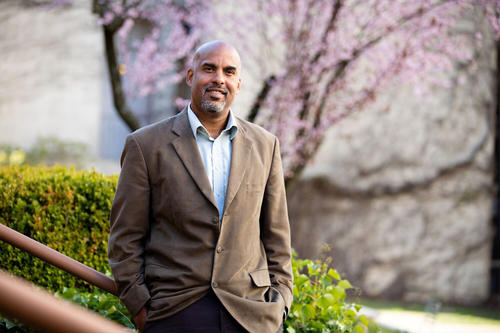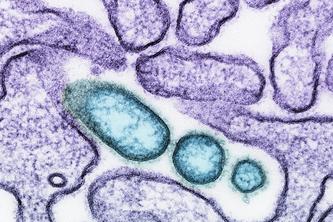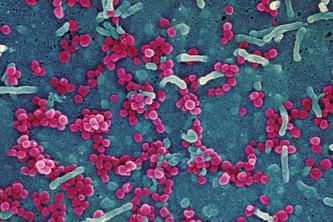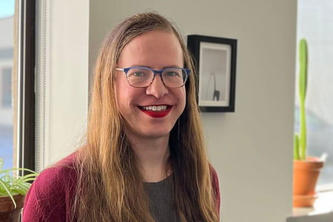
All through a grueling, daylong virtual meeting last fall, a random number from Chicago kept calling U of M neuroscientist Damien Fair’s phone. It had to be a spammer, he figured, and kept hanging up.
After the meeting he answered, more than ready to “lay into” the spammer. Turns out the caller was from the MacArthur Foundation, telling Fair that he had won a “genius grant”—one of 21 MacArthur fellowships for 2020 from the John D. and Catherine T. MacArthur Foundation. The $625,000, no-strings-attached fellowships reward exceptional creativity and the potential for further creative work.
“[My] first reaction was very much disbelief,” Fair recalls. “I work with some of the most brilliant minds on the planet, many of whom are very deserving of this award. It’s very humbling.”
An expert in brain imaging and cognitive neuroscience, Fair was honored for his work on mapping out the complexities of human brain development.
“We often try to explain the brain in terms of very simple concepts, but the reality is, to really understand the brain, you need to be able to understand complex behavior from multiple angles,” says the Winona, Minnesota native, who joined the U of M last year as the Redleaf Endowed Director of the U of M’s Masonic Institute for the Developing Brain (MIDB). Fair also holds professorships in the world-renowned Institute of Child Development, College of Education and Human Development; and the Department of Pediatrics, Medical School.
Revealing the brain’s secrets
In his research, Fair has helped to upend conventional wisdom about how the young brain behaves—or, more accurately, how young brains behave. He and his colleagues use MRI and other noninvasive techniques to capture brain development from infancy to adolescence through young adulthood.
“One of the more important shifts in the field that we’ve been able to contribute to relates to the heterogeneity problem,” he says. “That is the idea that if someone has a behavioral problem like ADHD or atypical brain trajectory like autism, that the mechanism is the same in everybody.
“And what we’ve been able to show is that that is very unlikely the case. Inside, the brains are very person-specific. We need to better characterize the mechanistic underpinnings so we can improve on our therapies and improve the long-term health outcomes of our kids.”
Renowned for his collaborative style, Fair also is committed to a “community first” model that breaks down barriers and increases the flow of information across “traditionally siloed disciplines” to promote brain health across the lifespan. He is quite willing to hand off findings from his work to others in the MIDB so that “we can make some of the discoveries into effective policies and treatments.”
- Categories:
- Health
- Human development
- Medical
- Research





